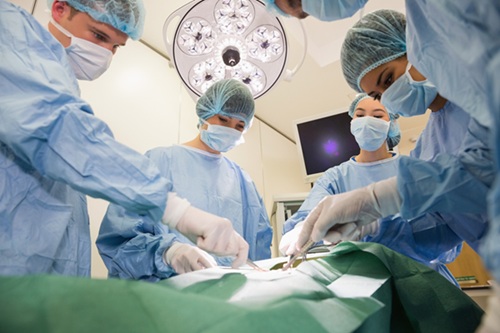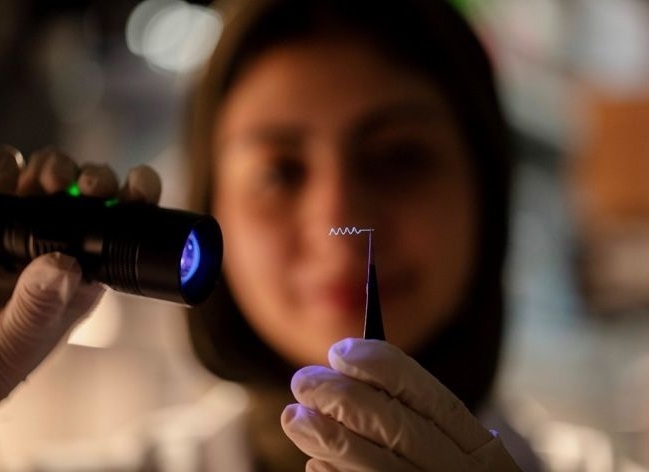New COVID-19 Test Uses Magnetic Beads to Detect SARS-CoV-2 Virus
|
By HospiMedica International staff writers Posted on 12 Oct 2020 |
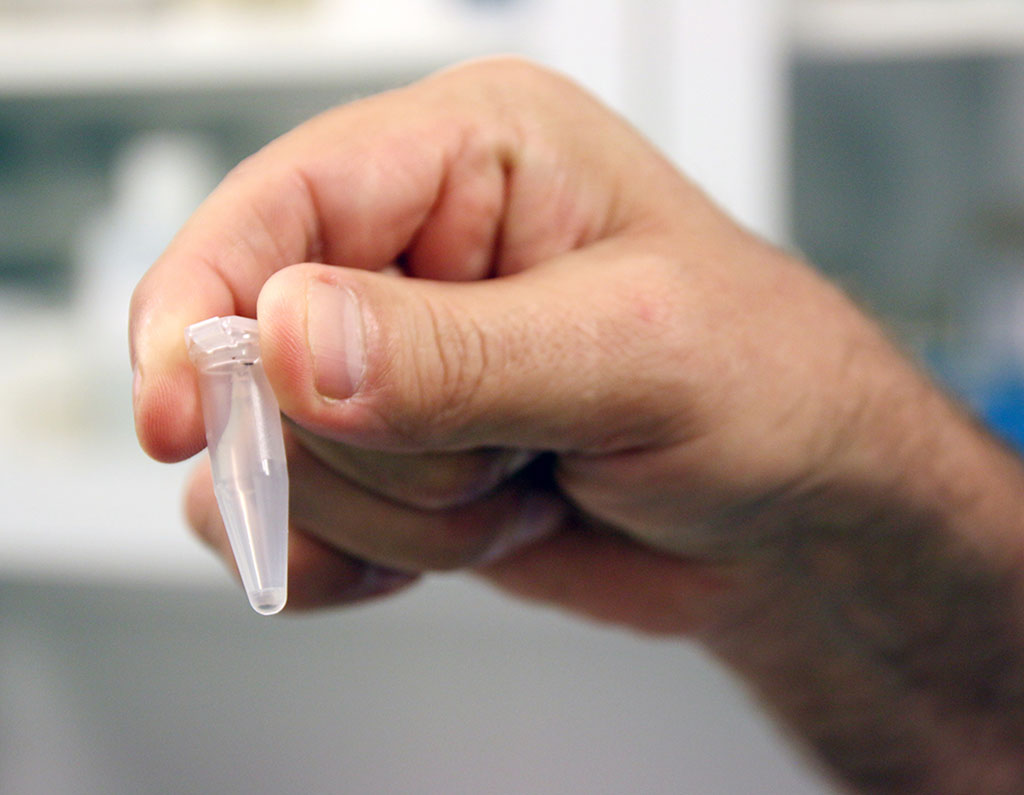
Image: New COVID-19 Test Uses Magnetic Beads to Detect SARS-CoV-2 Virus (Photo courtesy of NTNU)
A highly sensitive COVID-19 test, developed by researchers at the Norwegian University of Science and Technology (NTNU Trondheim, Norway), relies on magnetic nanoparticles to extract viral RNA.
A key aspect of this made-in-Norway COVID-19 test is a specific combination of polar solvents, buffers, salts and other chemicals that do not damage the viral RNA molecule itself. The solution contains substances that crack the virus open so that its genetic material can be extracted. NTNU has also developed iron oxide magnetic nanoparticles that strongly bind RNA. Once the magnetic nanoparticles are coated with the viral RNA, they can be removed from the solution using a magnet. PCR technology can then identify the genetic code from the RNA and compare it to the coronavirus.
The newly developed manufacturing process has proved to be very upscalable, which has enabled the NTNU labs to produce these high-quality and high-performance magnetic nanoparticles in very high volumes. Three laboratories at the Department of Chemical Engineering are currently manufacturing the magnetic nanoparticles, while another laboratory at the Department of Clinical and Molecular Medicine is making the solvents and buffers. At the same time, the test kits are subject to rigorous quality control and validation before shipping to customers. The magnetic nanobeads and buffers, and then the entire test kits are verified against a known COVID-19 positive patient sample.
In the process of gearing up to produce tests for Norway, the researchers improved the efficiency of the production system to the point where the lab is able to make more than enough tests for use in Norway. NTNU produces up to 1.2 million test kits per week and increases in production capacity will allow the groups to produce up to five million test kits a week. NTNU has signed agreements to deliver as many as one million COVID-19 test kits to DTU, the Technical University of Denmark, and APS LABS, an Indian biotech company. More than five million NTNU COVID-19 tests have already been supplied to the Norwegian health authorities. NTNU Technology Transfer has filed patent applications on the methods and products related to the NTNU COVID-19 test. The motivation is to secure control of the intellectual rights and provide access to the new test in an ethical and justifiable manner. At the same time, the university hopes to expand the number of countries to which the test will be exported.
“Testing and infection tracking are absolutely essential to maintaining control of the infection situation. The fact that NTNU has developed a new test method for detecting the coronavirus means that more people can be tested and that patients can get answers faster. It is very positive that this technology can now also be useful internationally,” said Bent Høie, Norway’s Minister of Health and Care Services.
Related Links:
Norwegian University of Science and Technology
A key aspect of this made-in-Norway COVID-19 test is a specific combination of polar solvents, buffers, salts and other chemicals that do not damage the viral RNA molecule itself. The solution contains substances that crack the virus open so that its genetic material can be extracted. NTNU has also developed iron oxide magnetic nanoparticles that strongly bind RNA. Once the magnetic nanoparticles are coated with the viral RNA, they can be removed from the solution using a magnet. PCR technology can then identify the genetic code from the RNA and compare it to the coronavirus.
The newly developed manufacturing process has proved to be very upscalable, which has enabled the NTNU labs to produce these high-quality and high-performance magnetic nanoparticles in very high volumes. Three laboratories at the Department of Chemical Engineering are currently manufacturing the magnetic nanoparticles, while another laboratory at the Department of Clinical and Molecular Medicine is making the solvents and buffers. At the same time, the test kits are subject to rigorous quality control and validation before shipping to customers. The magnetic nanobeads and buffers, and then the entire test kits are verified against a known COVID-19 positive patient sample.
In the process of gearing up to produce tests for Norway, the researchers improved the efficiency of the production system to the point where the lab is able to make more than enough tests for use in Norway. NTNU produces up to 1.2 million test kits per week and increases in production capacity will allow the groups to produce up to five million test kits a week. NTNU has signed agreements to deliver as many as one million COVID-19 test kits to DTU, the Technical University of Denmark, and APS LABS, an Indian biotech company. More than five million NTNU COVID-19 tests have already been supplied to the Norwegian health authorities. NTNU Technology Transfer has filed patent applications on the methods and products related to the NTNU COVID-19 test. The motivation is to secure control of the intellectual rights and provide access to the new test in an ethical and justifiable manner. At the same time, the university hopes to expand the number of countries to which the test will be exported.
“Testing and infection tracking are absolutely essential to maintaining control of the infection situation. The fact that NTNU has developed a new test method for detecting the coronavirus means that more people can be tested and that patients can get answers faster. It is very positive that this technology can now also be useful internationally,” said Bent Høie, Norway’s Minister of Health and Care Services.
Related Links:
Norwegian University of Science and Technology
Latest COVID-19 News
- Low-Cost System Detects SARS-CoV-2 Virus in Hospital Air Using High-Tech Bubbles
- World's First Inhalable COVID-19 Vaccine Approved in China
- COVID-19 Vaccine Patch Fights SARS-CoV-2 Variants Better than Needles
- Blood Viscosity Testing Can Predict Risk of Death in Hospitalized COVID-19 Patients
- ‘Covid Computer’ Uses AI to Detect COVID-19 from Chest CT Scans
- MRI Lung-Imaging Technique Shows Cause of Long-COVID Symptoms
- Chest CT Scans of COVID-19 Patients Could Help Distinguish Between SARS-CoV-2 Variants
- Specialized MRI Detects Lung Abnormalities in Non-Hospitalized Long COVID Patients
- AI Algorithm Identifies Hospitalized Patients at Highest Risk of Dying From COVID-19
- Sweat Sensor Detects Key Biomarkers That Provide Early Warning of COVID-19 and Flu
- Study Assesses Impact of COVID-19 on Ventilation/Perfusion Scintigraphy
- CT Imaging Study Finds Vaccination Reduces Risk of COVID-19 Associated Pulmonary Embolism
- Third Day in Hospital a ‘Tipping Point’ in Severity of COVID-19 Pneumonia
- Longer Interval Between COVID-19 Vaccines Generates Up to Nine Times as Many Antibodies
- AI Model for Monitoring COVID-19 Predicts Mortality Within First 30 Days of Admission
- AI Predicts COVID Prognosis at Near-Expert Level Based Off CT Scans
Channels
Critical Care
view channel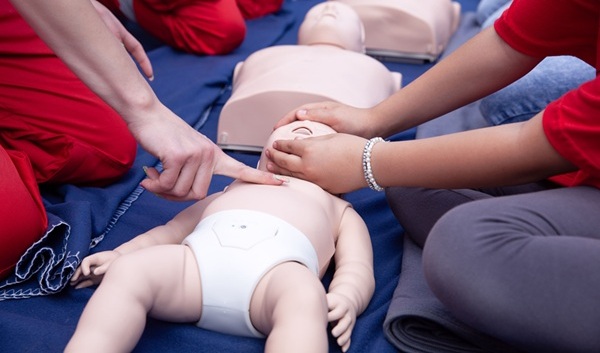
CPR Guidelines Updated for Pediatric and Neonatal Emergency Care and Resuscitation
Cardiac arrest in infants and children remains a leading cause of pediatric emergencies, with more than 7,000 out-of-hospital and 20,000 in-hospital cardiac arrests occurring annually in the United States.... Read more
Ingestible Capsule Monitors Intestinal Inflammation
Acute mesenteric ischemia—a life-threatening condition caused by blocked blood flow to the intestines—remains difficult to diagnose early because its symptoms often mimic common digestive problems.... Read more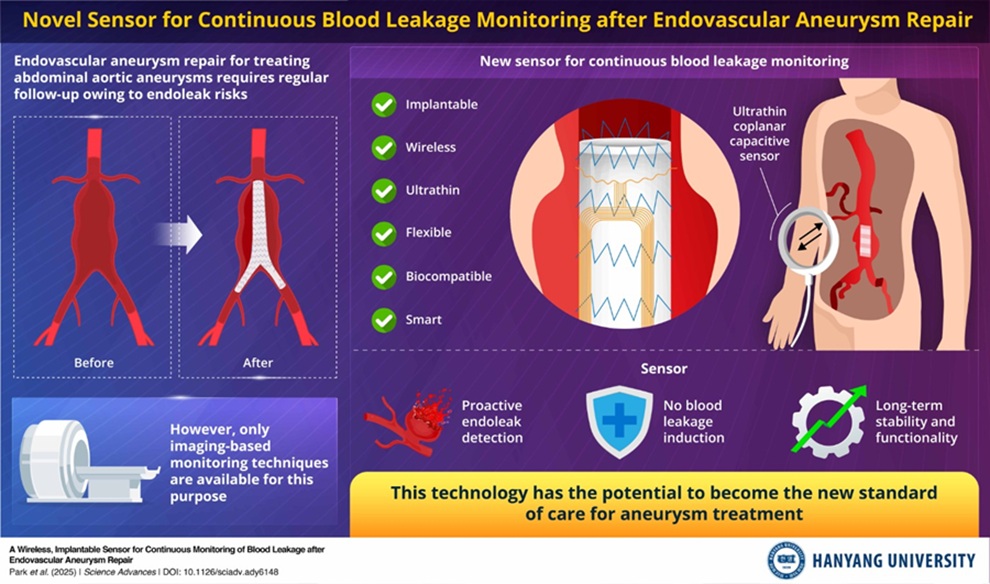
Wireless Implantable Sensor Enables Continuous Endoleak Monitoring
Endovascular aneurysm repair (EVAR) is a life-saving, minimally invasive treatment for abdominal aortic aneurysms—balloon-like bulges in the aorta that can rupture with fatal consequences.... Read more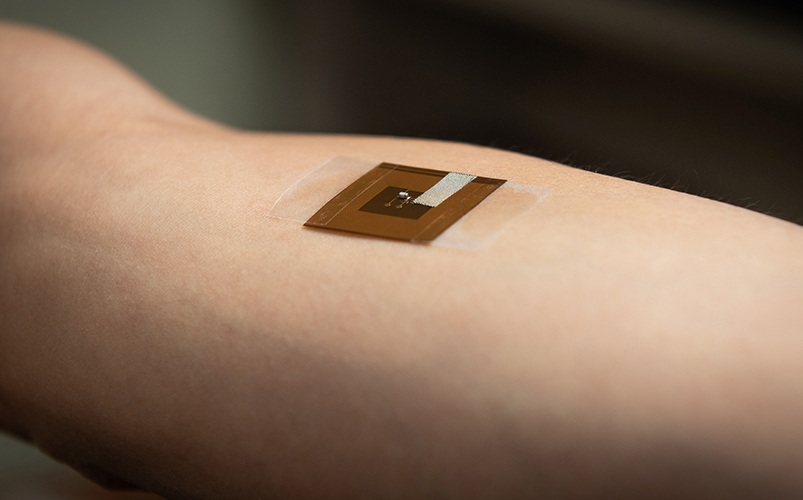
Wearable Patch for Early Skin Cancer Detection to Reduce Unnecessary Biopsies
Skin cancer remains one of the most dangerous and common cancers worldwide, with early detection crucial for improving survival rates. Traditional diagnostic methods—visual inspections, imaging, and biopsies—can... Read moreSurgical Techniques
view channel
Robotic Assistant Delivers Ultra-Precision Injections with Rapid Setup Times
Age-related macular degeneration (AMD) is a leading cause of blindness worldwide, affecting nearly 200 million people, a figure expected to rise to 280 million by 2040. Current treatment involves doctors... Read more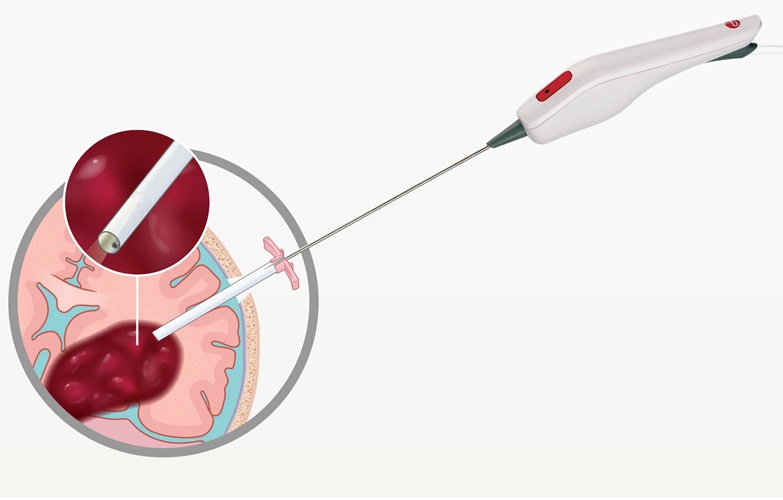
Minimally Invasive Endoscopic Surgery Improves Severe Stroke Outcomes
Intracerebral hemorrhage, a type of stroke caused by bleeding deep within the brain, remains one of the most challenging neurological emergencies to treat. Accounting for about 15% of all strokes, it carries... Read morePatient Care
view channel
Revolutionary Automatic IV-Line Flushing Device to Enhance Infusion Care
More than 80% of in-hospital patients receive intravenous (IV) therapy. Every dose of IV medicine delivered in a small volume (<250 mL) infusion bag should be followed by subsequent flushing to ensure... Read more
VR Training Tool Combats Contamination of Portable Medical Equipment
Healthcare-associated infections (HAIs) impact one in every 31 patients, cause nearly 100,000 deaths each year, and cost USD 28.4 billion in direct medical expenses. Notably, up to 75% of these infections... Read more
Portable Biosensor Platform to Reduce Hospital-Acquired Infections
Approximately 4 million patients in the European Union acquire healthcare-associated infections (HAIs) or nosocomial infections each year, with around 37,000 deaths directly resulting from these infections,... Read moreFirst-Of-Its-Kind Portable Germicidal Light Technology Disinfects High-Touch Clinical Surfaces in Seconds
Reducing healthcare-acquired infections (HAIs) remains a pressing issue within global healthcare systems. In the United States alone, 1.7 million patients contract HAIs annually, leading to approximately... Read moreHealth IT
view channel
Printable Molecule-Selective Nanoparticles Enable Mass Production of Wearable Biosensors
The future of medicine is likely to focus on the personalization of healthcare—understanding exactly what an individual requires and delivering the appropriate combination of nutrients, metabolites, and... Read moreBusiness
view channel
Philips and Masimo Partner to Advance Patient Monitoring Measurement Technologies
Royal Philips (Amsterdam, Netherlands) and Masimo (Irvine, California, USA) have renewed their multi-year strategic collaboration, combining Philips’ expertise in patient monitoring with Masimo’s noninvasive... Read more
B. Braun Acquires Digital Microsurgery Company True Digital Surgery
The high-end microsurgery market in neurosurgery, spine, and ENT is undergoing a significant transformation. Traditional analog microscopes are giving way to digital exoscopes, which provide improved visualization,... Read more
CMEF 2025 to Promote Holistic and High-Quality Development of Medical and Health Industry
The 92nd China International Medical Equipment Fair (CMEF 2025) Autumn Exhibition is scheduled to be held from September 26 to 29 at the China Import and Export Fair Complex (Canton Fair Complex) in Guangzhou.... Read more












